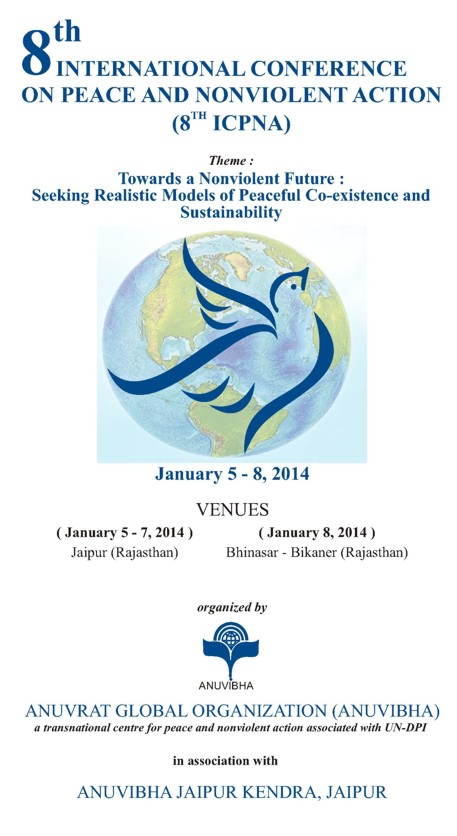 | 8th International Conference on Peace and Nonviolent Action |
Usually the translation of the Japanese world “Karate” is “empty hand”; i.e., without weapons. In the beginning it was “Karate Jutsu”, this means “training in using the empty hand as a defensive and offensive technique”. In the last century, in Japan a lot of Karate Masters changed the direction from war activity to the way of human evolution. They changed the name from Karate Jutsu (Empty hand practice) to Karate Do (Empty hand way). The meaning of “Do” (way) is research of evolution and balance, as a fusion of mind, body, spirit. In our kind of Karate Do, we propose to improve the capacity of using and calibrating the human resources.
Three types of practice
Here follows a short report about the evolution of karate into a method of developing the human heart.
There are three types of typical practice of Karate-Do.
Kihon (fundamentals)The practice of strengthening the body and spirit: the study of techniques and the focus of intent. Kihon was training in using use the body as a weapon. Now, through the Kihon we train, at the same time, body, intent, energy, breathing, voice & heart, to work in synergy. So we are going to be able to optimize our tools, to increase concentration and technical precision. We study both the pressure techniques and articular locks, both body anatomy and vital points and energy lines in order to use this resource for human health.
Kumitè (pair practice)
To overcome fear and to be united: the transition from defensive to offensive techniques and transcending the roles of aggressor / defender. How to overcome conflict through giving-thanks. Kumitè was fight. Now, in Karate Do, this is pair practice, with calibrated application of propelling techniques and articular handling in vital points and energy lines. With appropriate intensity, these stimulations can help to restore balance and improve human health. To have good results, it is fundamental to change one’s mentality. There is no more conflict. With a sincere heart, the roles of the attacker and the defender will be converted into the giver and he who receives.
Katà (forms)
As a moving meditation: perfecting the intent with the comparison through active and conscious practice. Evolution through the repetition of the encoded movement. Katà was a technique sequence, performed in order to simulate and make automatic the actions and reactions of fighting. Nowadays we use this form as a moving meditation. We synchronize action, breath, intention, to improve consciousness and quiet.
Conclusion
We don't want to forget that our discipline is born as a fighting practice, because we think that it is very important remember to wars, conflicts, aggressiveness, and the evil that these activities produce. Knowing all this, it is necessary to understand human weaknesses, and thus to mature the strongest willingness to change, and to convert our emotions, intents and actions, into a way of peace.
 Paolo Asirelli
Paolo Asirelli